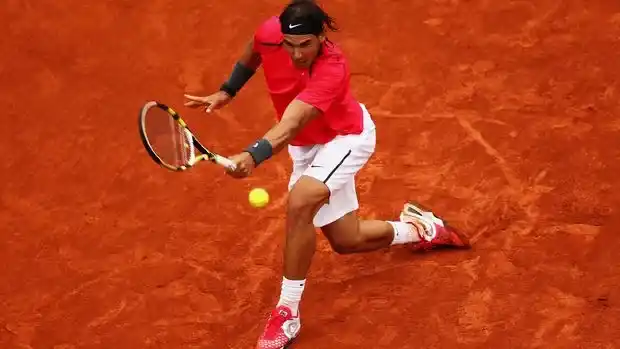Which Grand Slam Is Played On Clay?
The French Open is unique among the Grand Slams in that it is the only one played on clay. These courts are considered slower than hard courts and often lead to longer rallies. This can make for exciting watching, as the players have to change their strategy to adapt to the different surfaces.
The French Open attracts many of the world’s top tennis players and is among the most popular Grand Slams. The French Open, also known as Roland-Garros, is a major tennis tournament held in Paris, France, in late May. The tournament is one of the four Grand Slam events, the Australian Open, Wimbledon, and the U.S. Open.
Quick History Of The French Open
The French Open has been held since 1891, making it one of the oldest tennis tournaments in the world. Only men could compete in the tournament in its early years, but since 1897 women have been able to participate as well.
Over the years, many of the game’s greatest players have triumphed at Roland-Garros, including Rafael Nadal, Serena Williams, Björn Borg, and Chris Evert.
Do Tennis Players Enjoy Playing On Clay?
While clay courts offer a unique challenge, many players prefer the slow pace and consistent bounce that the surface provides. They also tend to be kinder on the body, resulting in fewer injuries. For these reasons, clay has become popular among professional tennis players.
However, not all players enjoy playing on clay. The slower pace can be frustrating for aggressive players, and the sticky surface can make it difficult to generate speed.
They also require a higher fitness level, as players need to sustain long rallies. As a result, clay can be a love-hate relationship for tennis players. Some find the unique challenge invigorating, while others find it frustrating.
The King Of Clay
Rafael Nadal is widely regarded as the greatest clay-court player of all time. The Spanish superstar has won a record 14 French Open titles, and his resume also includes two Olympic gold medals and four U.S. Open.
Nadal’s success on clay is all the more impressive when you consider that he is left-handed, which gives him disadvantages on the surface. Lefties struggle on this court because the ball bounces higher and skids through the court more than on other surfaces. However, Nadal has used his unique talents to become the king of clay.
His topspin forehand is one of the most lethal shots in tennis, and he is also an outstanding defensive player. Few players have been able to match Nadal’s combination of power and precision on clay, and it is no wonder he is considered one of the greatest tennis players of all time.
